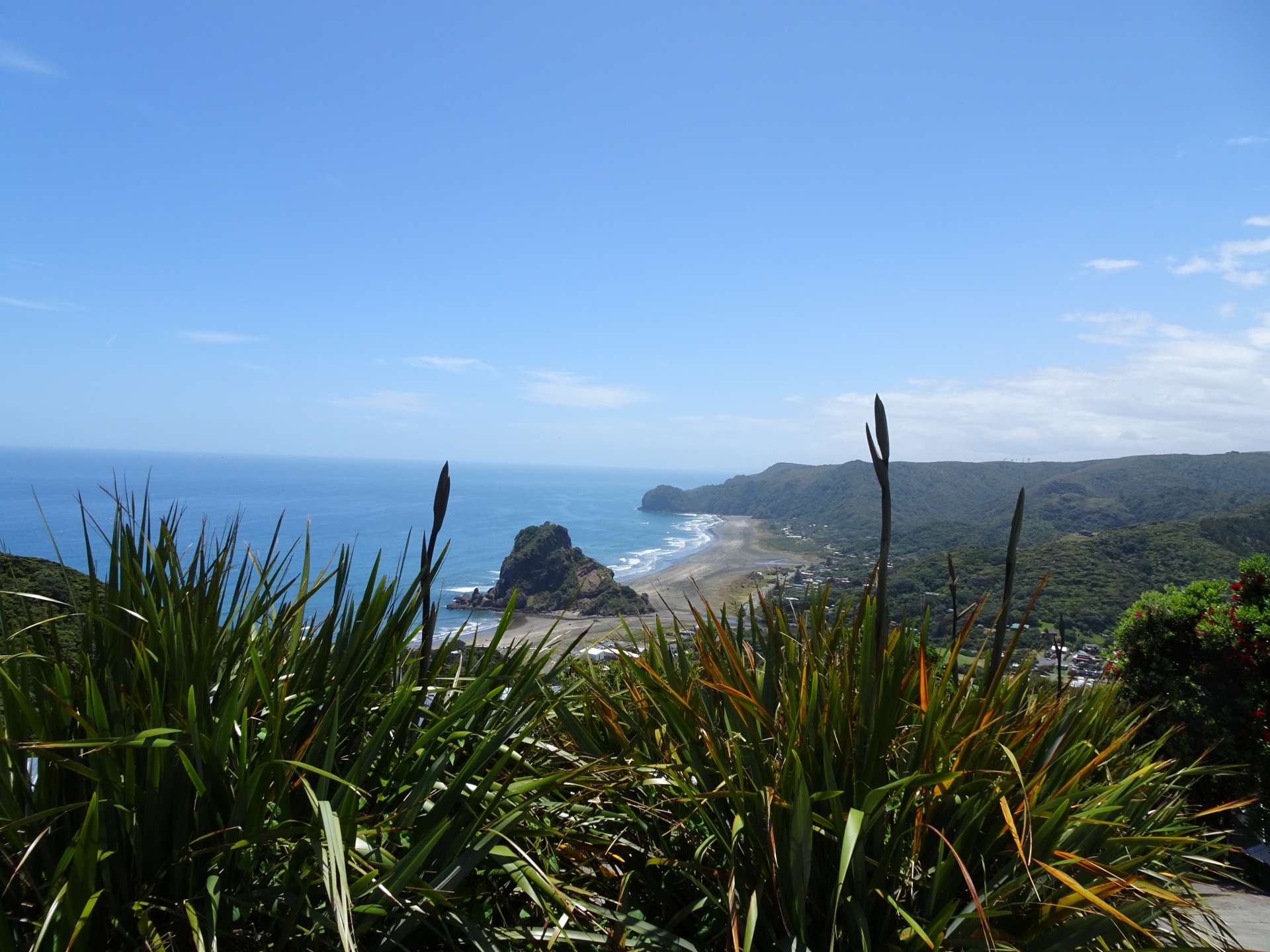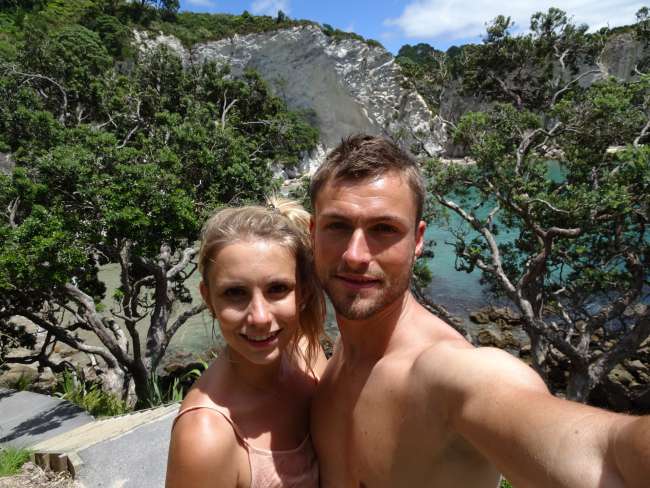
judithundwillaufentdeckungsreise
vakantio.de/judithundwillaufentdeckungsreise
Bangkok and Island Hopping in Thailand
MIVOAKA: 21.03.2017
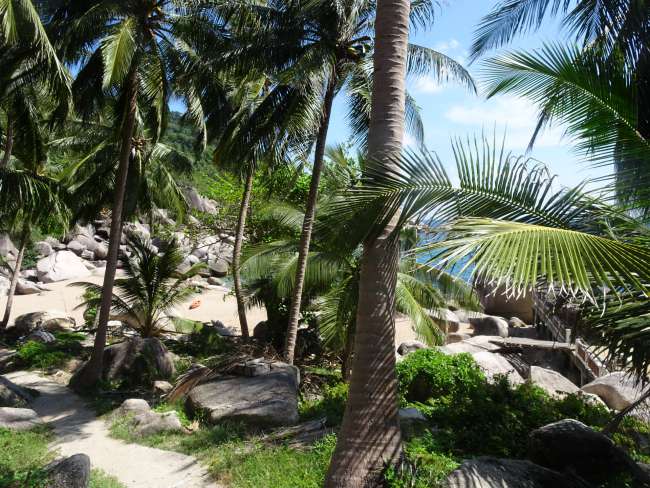
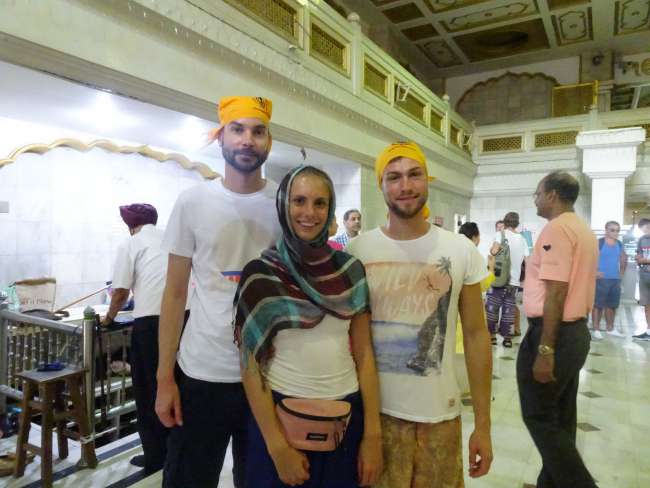
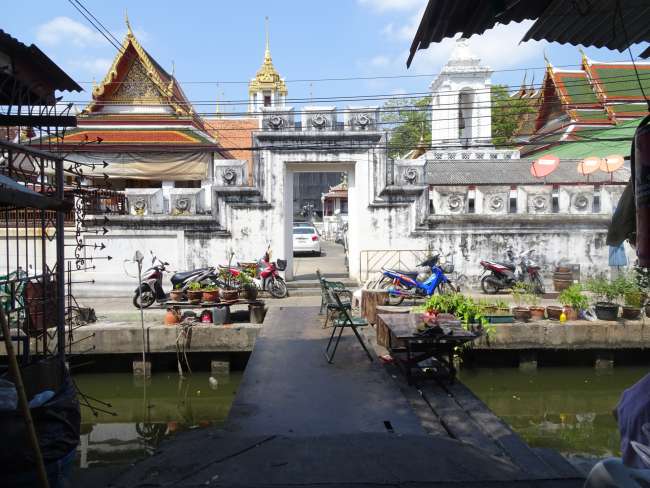
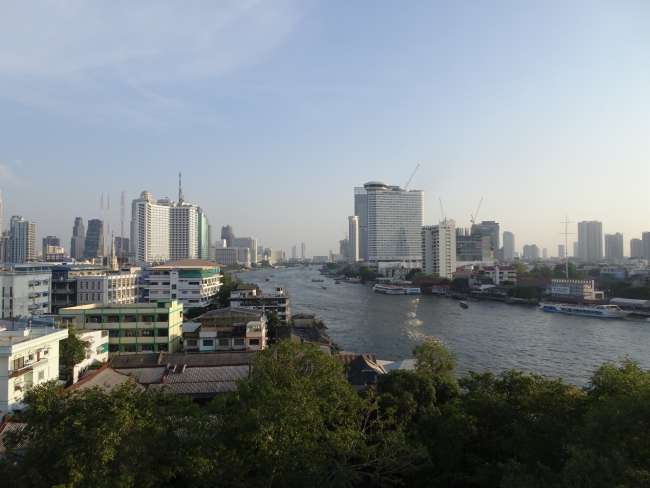

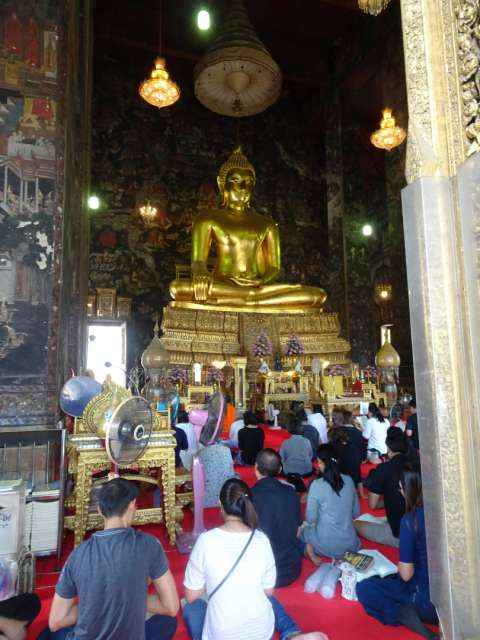
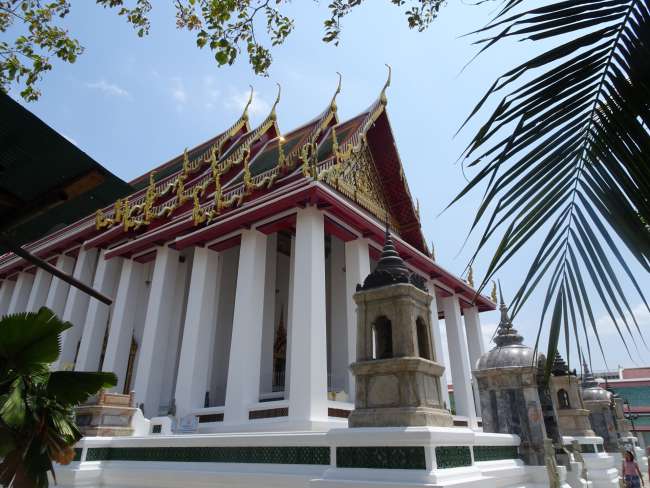
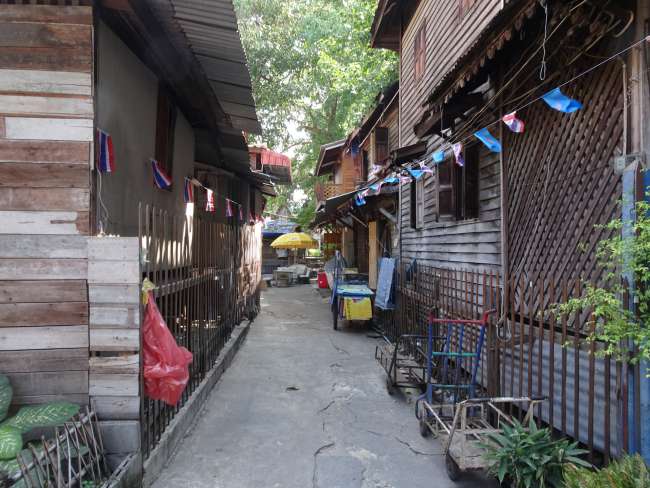
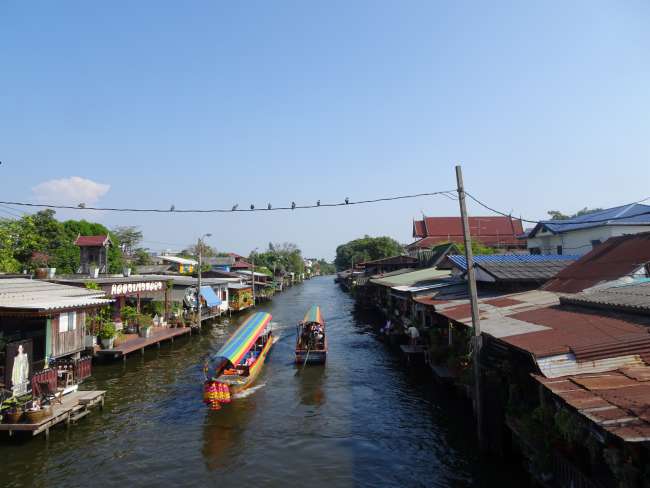
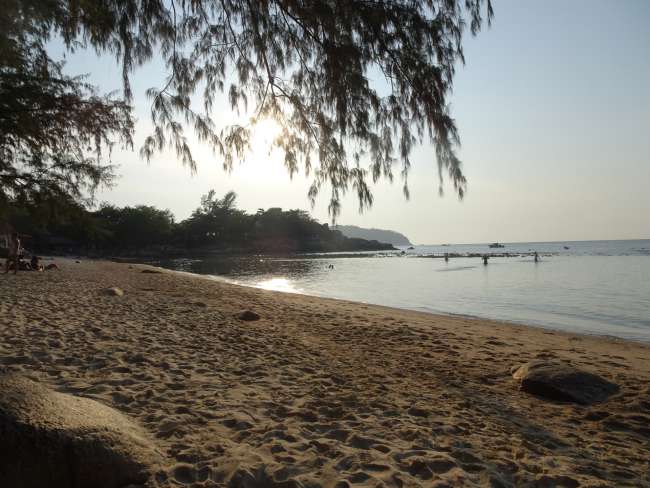
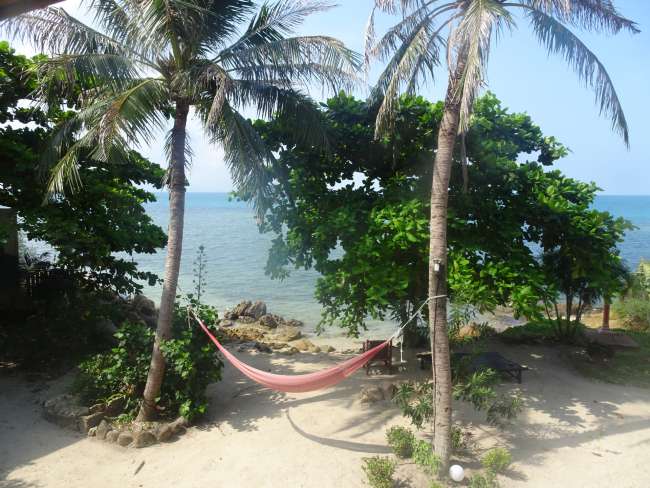
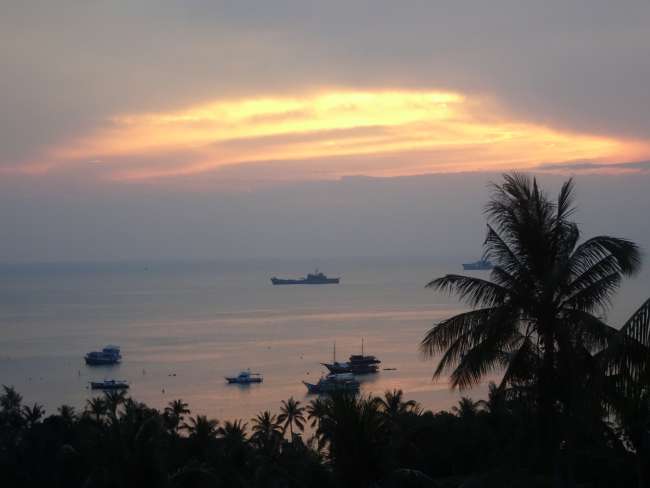
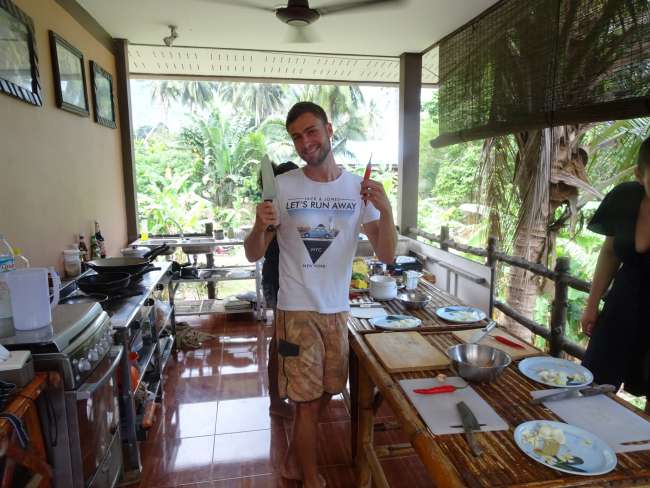
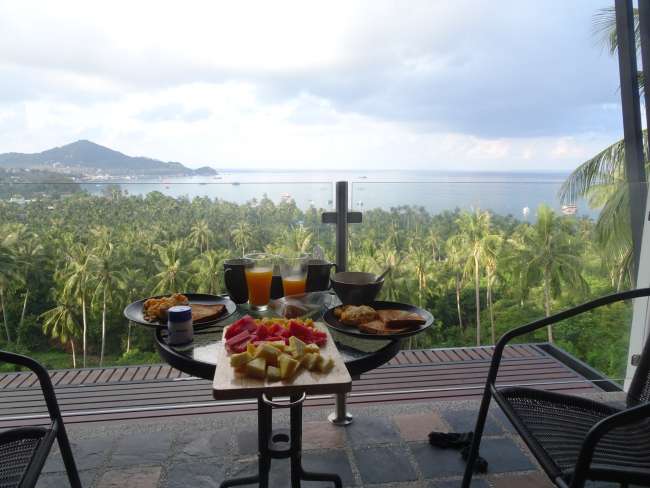
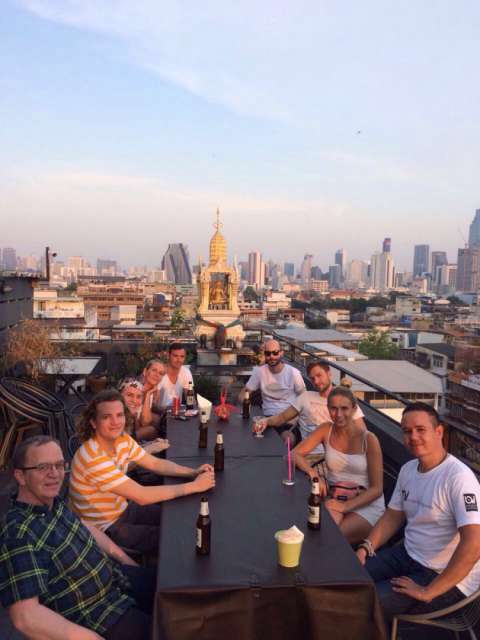
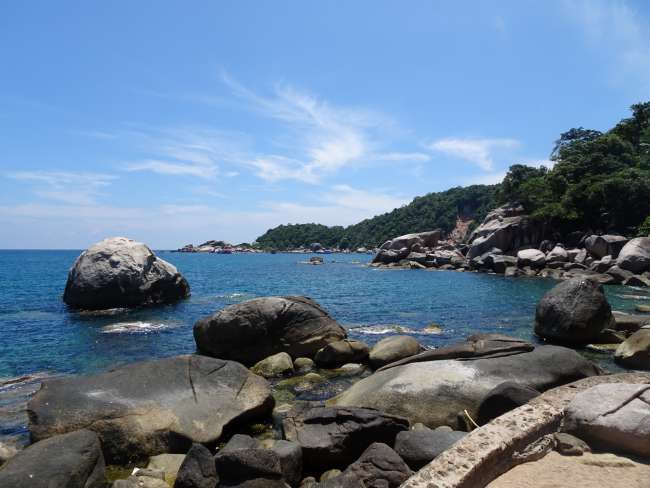
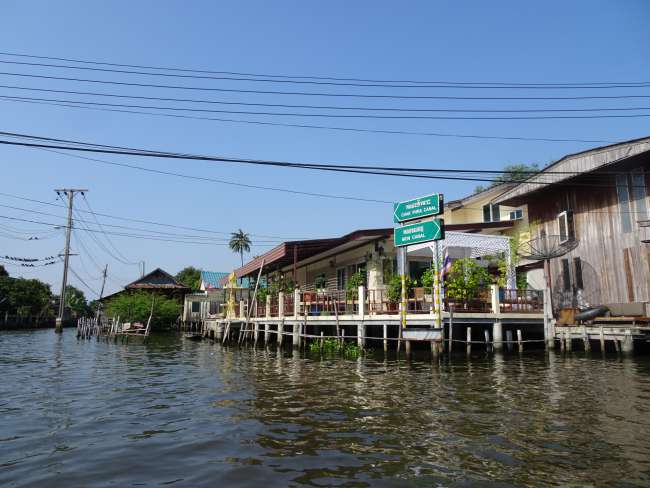
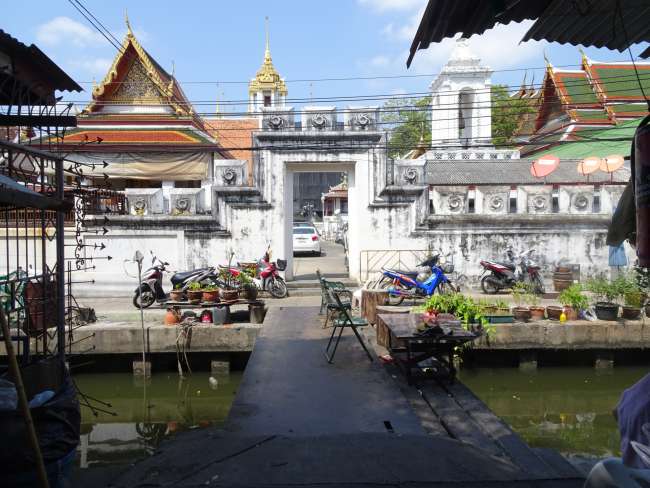
Misoratra anarana amin'ny Newsletter
Thailand. Now we have reached the final part of our journey. As we spend our days mainly relaxing and enjoying a vacation, this travel report has taken a while, as we haven't experienced much. We are currently just taking it easy....
The flight from Cambodia to Bangkok went as smoothly as an exit from Cambodia can possibly go, if one believes the horror stories about land border crossings. We bypassed the often heavy traffic and took the Skytrain into the city to our accommodation, where we later met up with Frank.
The first impression of Bangkok was, after the other Southeast Asian cities, probably a bit different than if one were to fly directly there from Western Europe. Everything seemed so calm and orderly, the streets and waters so clean, and the entire infrastructure with the Skytrain, buses, and subway so modern. Near our accommodation on Sukhumvit Road in Bangkok's Central Business District, the cityscape resembles the familiar image of Western cities with its many skyscrapers and shopping malls.
Specifically, the problem with plastic waste is much better here in the city compared to Vietnam and Cambodia. There are fines for littering on the streets, and some public trash bins even have separate compartments for sorting waste. Even in the more traditional parts of Bangkok, where people still live and work in traditional Thai houses, it is comparably clean and well-organized. The ban on honking in large parts of the city adds to the calmer impression of the entire city, and even outside the city, honking is not as prevalent as in the other countries we have visited so far. The streets have heavy traffic, but it is not as chaotic and uncontrolled. People generally follow traffic rules.
Frank decided to test the traffic directly in a taxi from the airport to the accommodation and it felt like an eternity. The trains often make much more sense here, but unfortunately, you don't see as much of the city. Anyway, the most exciting way to explore Bangkok is by scooter or tuk-tuk with the locals. You won't experience the surroundings as well with any other means of transportation. The progress of the country is noticeable here as well. The drivers are mostly registered and equipped with identification cards and vests, and the tuk-tuks are not just mopeds with trailer hitches, but seemingly specially built tricycles that are quite fast.
After spending two and a half days in Bangkok, we set off with Frank for a short trip to the nearby island of Ko Samet. On the way there and back, we were reminded of the extent of the city and the high volume of traffic. When we finally left the city and its suburbs, everything went quickly and smoothly, and we took a pink ship to the island. In general, transfers in Thailand are even easier than in Vietnam and Cambodia, where it was never clear where, when, which bus was going where, and booking worked best through intermediaries and the internet. In Thailand, the transfers are more centralized, and there are small travel agencies or branches of transportation companies at key points, where you can go and book organized start-to-end transfers.
On Ko Samet, which is not a spectacularly noteworthy island and is mainly visited by locals from Bangkok and Asian tour groups, we spent two wonderful days just relaxing on the beach. What made the island so great for us was its proximity to Bangkok. So we could spend a few beautiful hours without a long journey before dedicating ourselves to sightseeing in the big city again.
In Bangkok, we decided to go on a day tour with a German-Thai named Michael, who offers tours off the beaten path to get to know the "real" Bangkok. The tour was recommended to Frank by an acquaintance who had already done three tours with this guide and was totally thrilled.
We could understand this enthusiasm. Instead of the Royal Palace and Wat Pho, we explored the original part of Chinatown, the Indian quarter, and an Indian Sikh temple where free - and very delicious - food is served daily. We visited a beautiful temple that was almost untouched by tourists and where monks and locals were having a prayer session, traveled through the canals to a small neighborhood where artists and small cafes have set up along the canal, and above all, passed by various street food stalls and snacks that we probably would never have tried otherwise.
All of this was complemented by a wealth of knowledge about Bangkok, Thailand, and the ongoing process of change. The tour benefits from the opportunities that arise because Michael speaks fluent Thai and German and is fully accepted by the locals. You get the feeling of immersing yourself in this foreign culture and not just observing it from the outside.
We even had dinner at a family's home who normally only cook food to take away, and we were able to enjoy fantastic typical Bangkok cuisine in their living room. For non-Thais, it would not have been obvious that there was food available there, and there would certainly not have been an opportunity to simply take over their living room.
Unfortunately, a lot of what we were able to see on this tour is currently being destroyed by active city planning. The city government wants to further develop tourism, and the narrow alleyways and exotic street markets do not fit into a modern city as the politicians envision it to be attractive to tourists. However, it seems that the city planners do not understand that for Western Europeans, this "foreign" and "exotic" aspect is a reason to visit Bangkok, and not the westernized and fancy areas, despite the efforts of various action groups to create understanding for this. It remains to be seen how Bangkok will change in the coming years.
After ending the tour at two of the countless rooftop Skybars, the three of us went to a night market. Here, the classic Southeast Asian night market meets a very young and somewhat alternative scene, creating a great mixture of food stalls, bars, services, and shopping opportunities, all with a fantastic atmosphere, including live music and biker bars in freight containers.
Unfortunately, Frank had to leave early the next morning, and we spent the afternoon at the JJ Weekend Market (Chatuchak). Thailand's largest market and supposedly the largest in all of Asia, where you can find everything from junk to custom-made items. They even have animals of all shapes and colors. In the evening, we went back to the same night market as the day before because we liked it so much and hadn't seen everything yet.
At 5 a.m. the next morning, we continued from Bangkok to the island of Ko Phangan in the Gulf of Thailand. Another transfer that went smoothly, with a flight, minibus, and ferry. Ko Phangan is a small neighboring island to the more well-known island of Ko Samui. Lush vegetation and beautiful beaches with not too many tourists.
We stayed in a bungalow at a small resort run by a German right by the sea, which was so enchantingly beautiful, extremely quiet, and even had a great restaurant. Since swimming was not so good in the very rocky section of the sea, the whole thing was also really affordable. We explored the different bathing and snorkeling beaches with a scooter, and they were all stunningly beautiful in their own way.
From there, we went to the even smaller sister island of Ko Tao. Although much smaller than Ko Phangan, there was more activity there, as it has only two proper towns on the whole island, where the tourists concentrate. However, the rest of the island is quite untouched, and there are only dirt roads to many of the beaches. This time, our accommodation was located on a hill away from the hustle and bustle but within walking distance of the nearest town, and we were well-connected again with scooters.
The special thing about Ko Tao are the great snorkeling and diving spots. There is a truly impressive and relatively colorful underwater world right off the beach.
Other than taking a Thai cooking class, we didn't do much else besides letting nature take its course. So we will probably spend the next few days like this....
Misoratra anarana amin'ny Newsletter
Valio
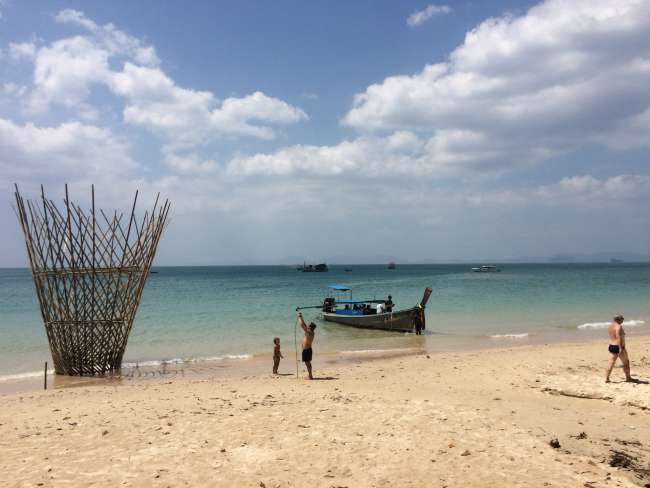
Tatitra momba ny dia TAILANDY
